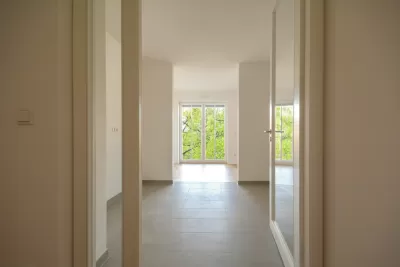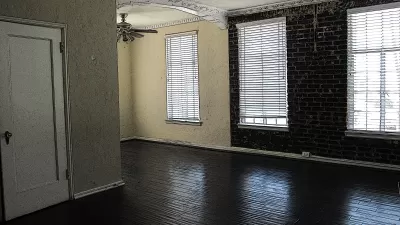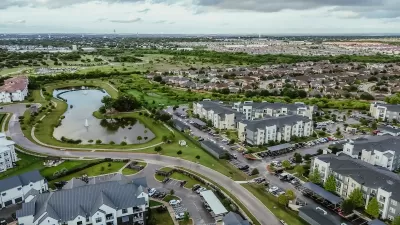All of the nation's largest metro areas are experiencing sharp growth in costs and demand for rental housing, posing even more challenges for low-income renters.

Rent prices, along with demand, are continuing to rise sharply in cities across the U.S. While markets like Phoenix and Boise have seen some of the sharpest spikes, writes Patrick Sisson, "[i]t’s a nationwide phenomenon that’s having a significant impact on housing markets, affordability and access."
All 100 of the nation's largest metro areas have experienced "month-over-month rent growth over the last five months, according to Apartment List economist Christopher Salviati," while Zillow data shows a national increase of 11.5% since last August. Unlike the residential housing market, which spiked early in the pandemic, says data journalist Jeff Andrews, "[t]he rental market is more of a slow matriculation. It takes a while for that backlog of renters to build up who should have cycled out of the market."
This growth coincides with the end of many eviction moratoriums and the end of expanded unemployment benefits. "Landlords are raising rents, and those getting back into the housing market have been shocked by the sharp increases from just a year ago." Meanwhile, "instability is rampant" and "[e]very open unit is flooded with multiple applications." Recipients of rental assistance vouchers are falling even further behind as higher-income renters enter the market and drive up demand.
"Today’s renters are impacted by the echo of the temporary but significant slowdown in new construction after the Great Recession. Those units, unbuilt due to a pause in construction, would have provided more slightly older and affordable options." Although multifamily construction is happening at a rapid pace, much of it caters to high-income renters.
"Salviati says that Apartment List data shows the vacancy rate slightly rising and growth rate slowing, so prices may stop accelerating at such a rapid clip, but there’s no indication prices will reverse, suggesting the affordability issues this rapid rent increase causes will be an ongoing concern."
FULL STORY: What’s Driving the Huge U.S. Rent Spike?

Alabama: Trump Terminates Settlements for Black Communities Harmed By Raw Sewage
Trump deemed the landmark civil rights agreement “illegal DEI and environmental justice policy.”

Planetizen Federal Action Tracker
A weekly monitor of how Trump’s orders and actions are impacting planners and planning in America.

Why Should We Subsidize Public Transportation?
Many public transit agencies face financial stress due to rising costs, declining fare revenue, and declining subsidies. Transit advocates must provide a strong business case for increasing public transit funding.

Understanding Road Diets
An explainer from Momentum highlights the advantages of reducing vehicle lanes in favor of more bike, transit, and pedestrian infrastructure.

New California Law Regulates Warehouse Pollution
A new law tightens building and emissions regulations for large distribution warehouses to mitigate air pollution and traffic in surrounding communities.

Phoenix Announces Opening Date for Light Rail Extension
The South Central extension will connect South Phoenix to downtown and other major hubs starting on June 7.
Urban Design for Planners 1: Software Tools
This six-course series explores essential urban design concepts using open source software and equips planners with the tools they need to participate fully in the urban design process.
Planning for Universal Design
Learn the tools for implementing Universal Design in planning regulations.
Caltrans
Smith Gee Studio
Institute for Housing and Urban Development Studies (IHS)
City of Grandview
Harvard GSD Executive Education
Toledo-Lucas County Plan Commissions
Salt Lake City
NYU Wagner Graduate School of Public Service





























